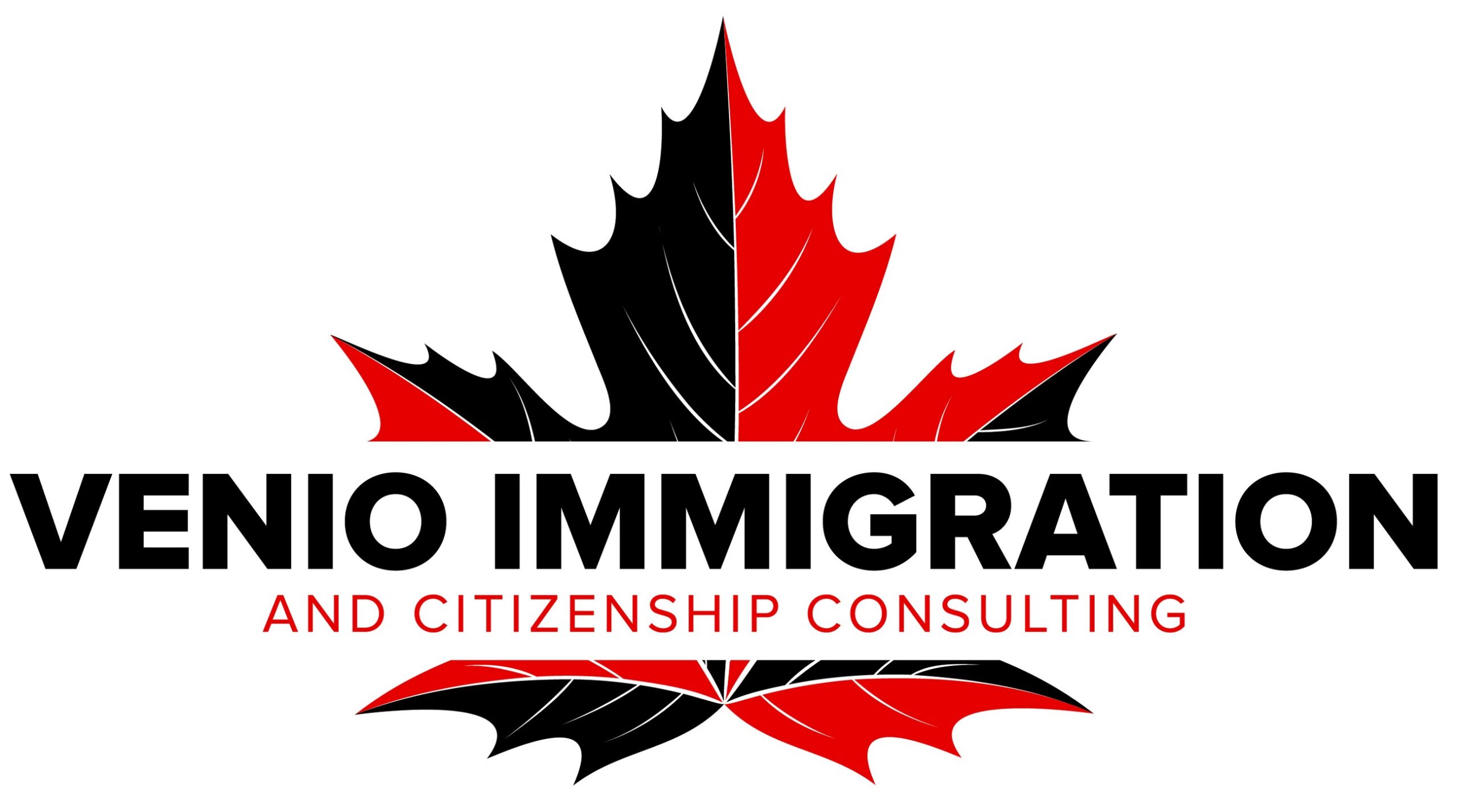Should I panic if I receive a refusal letter from IRCC?

Receiving a refusal letter from Immigration, Refugees and Citizenship Canada (IRCC) can be a stressful and discouraging experience. However, it's important to understand that each refusal has its own particularities, and that it's essential to analyze the situation before giving in to panic. In this article, we'll explore the different severity criteria of a refusal letter, the potential reasons behind such a decision, and the options available to contest or rectify the situation.
Understanding refusal letters: seriousness criteria
When an application is refused, the letter issued by IRCC usually details the reasons for the refusal. Severity criteria vary considerably, and can range from simple administrative errors to more serious grounds such as inadmissibility. Here are the main types of refusal you may encounter:
Administrative error or missing documents
In some cases, refusal may be due to missing documents or incorrect information. This type of refusal is generally less serious, as it can often be corrected by submitting the required documents or providing the necessary information.
Ineligibility
Another common reason for refusal is the ineligibility of the applicant according to the criteria of the program for which they have applied. This may be due to a lack of professional experience, insufficient language skills or insufficient financial funds.
Immigration bans
This reason for refusal is more serious and occurs when the IRCC considers that the applicant is inadmissible to Canada for reasons of security, criminality, health, misrepresentation or for reasons related to human rights violations.
Agent's discretionary decision
Sometimes, a refusal may be based on the discretion of the immigration officer in relation to Canada's Immigration and Refugee Protection Act (IRPA). This means that, even if all requirements are met, the officer may feel that the applicant should not be admitted for reasons that are not always spelled out in detail.
Assessing the situation: should you panic?
The answer to this question depends largely on the reason for the refusal. Here's how to assess the seriousness of your situation:
Missing documents or administrative errors
If the reason for refusal is related to missing documents or an error in your application, don't panic. In most cases, these situations can be rectified by submitting the correct documents or providing the missing information. It is essential to react quickly and contact IRCC to rectify the situation wherever possible. If this is not possible, then submit a new, better-prepared application and enlist the help of a professional such as an immigration consultant if necessary to maximize your chances.
Ineligibility
If you have been deemed ineligible, the situation may be more complex, but not hopeless. You can review the program criteria to see if it's possible to submit a new application by improving the missing aspects, such as language skills or available funds, for example.
Immigration bans
This type of refusal is more serious and can be difficult to contest. An inadmissibility is often based on security concerns, criminality or other serious grounds, and in such cases it is essential to consult an immigration lawyer to explore legal options.
Discretionary decision
Discretionary decisions are often difficult to understand and challenge. It is important to read the refusal letter carefully and, if necessary, ask for explanations or call in an immigration professional to examine the possibilities of appeal.
Possibility of contestation or rectification
Depending on the nature of the refusal, there may be several options for contesting or rectifying IRCC's decision. Here are the main options available:
Appeal or request a judicial review
In some cases, you have the right to appeal the decision or request a judicial review. This is particularly relevant if you believe the immigration officer has made a mistake or if there has been a violation of your rights. An immigration lawyer can help you determine whether this is a viable option.
Submit a new request
If your refusal is due to missing documents or temporary ineligibility, it may be simpler to correct these errors and submit a new application. Before doing so, make sure you understand the reasons for the initial refusal and that you have corrected them in full.
Request a file reopening
In some cases, you can ask the IRCC to reopen your file if you can prove that there was an error or if you have additional documents that could change the decision.
Consult an immigration professional
If you are faced with an inadmissibility or discretionary decision, it is strongly recommended that you consult an immigration professional. They can help you understand your rights and develop a strategy to challenge the decision or explore other avenues to immigrate to Canada.
Conclusion: adopt a rational approach
Receiving a refusal letter from IRCC is undoubtedly a difficult moment, but it's essential not to panic. Calmly analyzing the situation, understanding the reasons for the refusal, and exploring the options available are the first steps to take. Every situation is unique, and there are often solutions to rectify mistakes or challenge a decision.
Finally, it's crucial to remember that Canada's immigration system is complex, and navigating it may require professional help. Whether it's to correct administrative errors or to contest a more serious decision, it's important to take action quickly and in an informed manner to maximize your chances of success in your immigration process.







